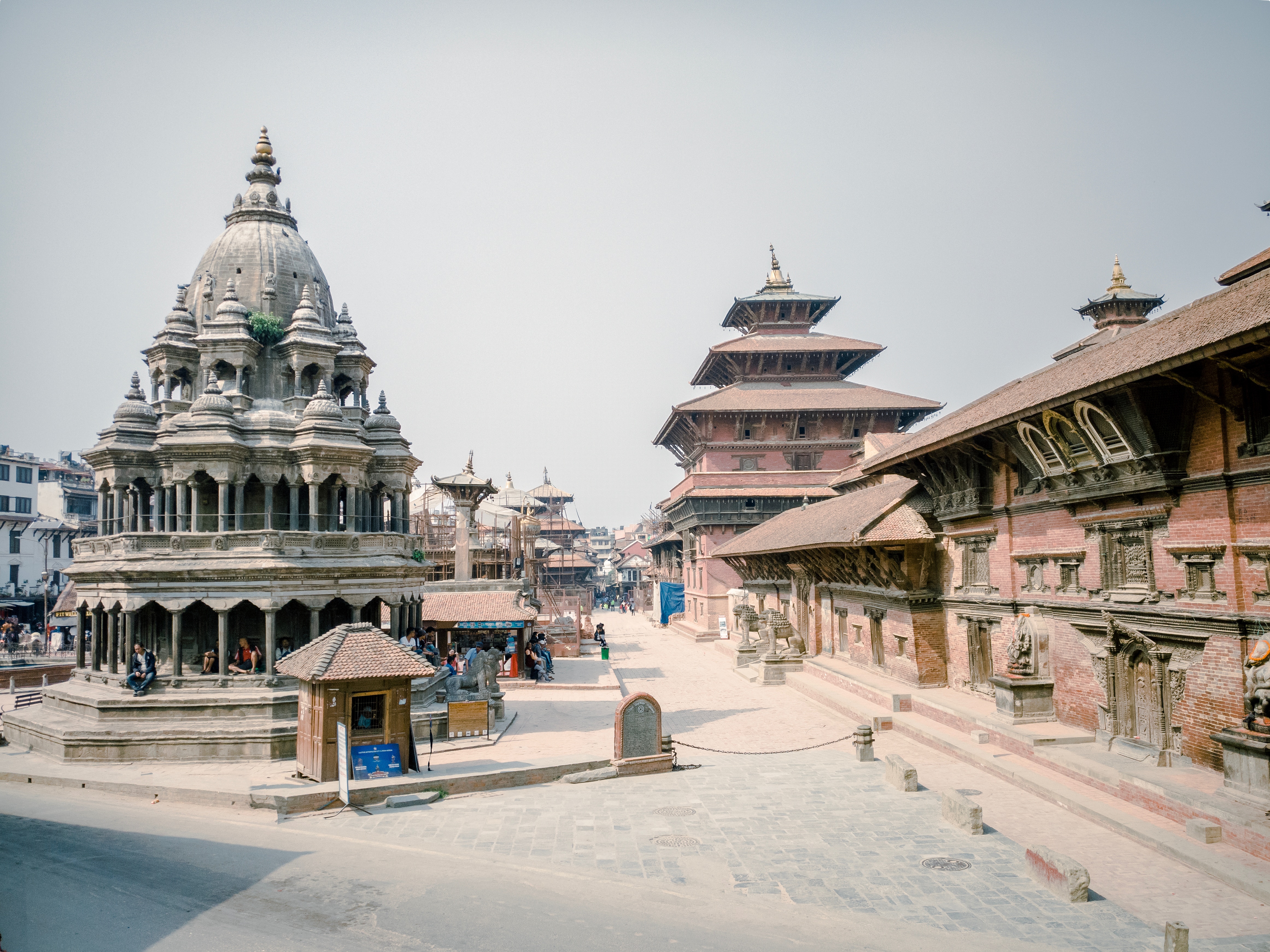Competing Nationalisms, Euromaidan, and the Russian‐Ukrainian Conflict
By Taras Kuzio
Volume 15, Issue 1, pages 157-169
Abstract
Although Ukraine is a regionally diverse country, it had succeeded in peacefully managing inter‐ethnic and linguistic tension between competing nationalisms and identities. However, the rise of the openly pro‐Russian Party of Regions political machine after the Orange Revolution, whose leader came to power in 2010, and the evolution of Vladimir Putin’s regime from proponent of statist to ethnic nationalism, heightened Ukrainian inter‐regional and inter‐state conflict. Viktor Yanukovych’s policies provoked popular protests that became the Euromaidan. His unwillingness to compromise and his fear of leaving office led to violence and the breakdown of state structures, opening the way for Russia’s interventions in the Crimea and Eastern Ukraine. This article investigates the sources for the violence during and after the Euromaidan and Russia’s interventions. It argues that domestic and foreign factors served to change the dynamics of Russian speakers in Ukraine from one of passivity in the late 1980s through to the 2004 Orange Revolution; low‐level mobilization from 2005 to 2013; and high‐level mobilization, crystallization of pro‐ and anti‐Ukrainian camps, and violent conflict from 2014.
Read the full article here.

